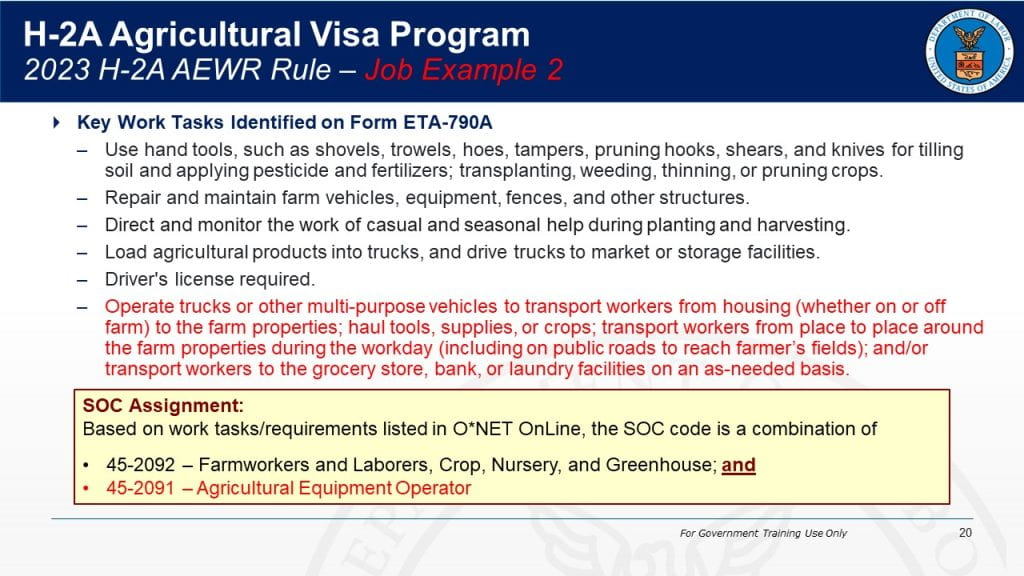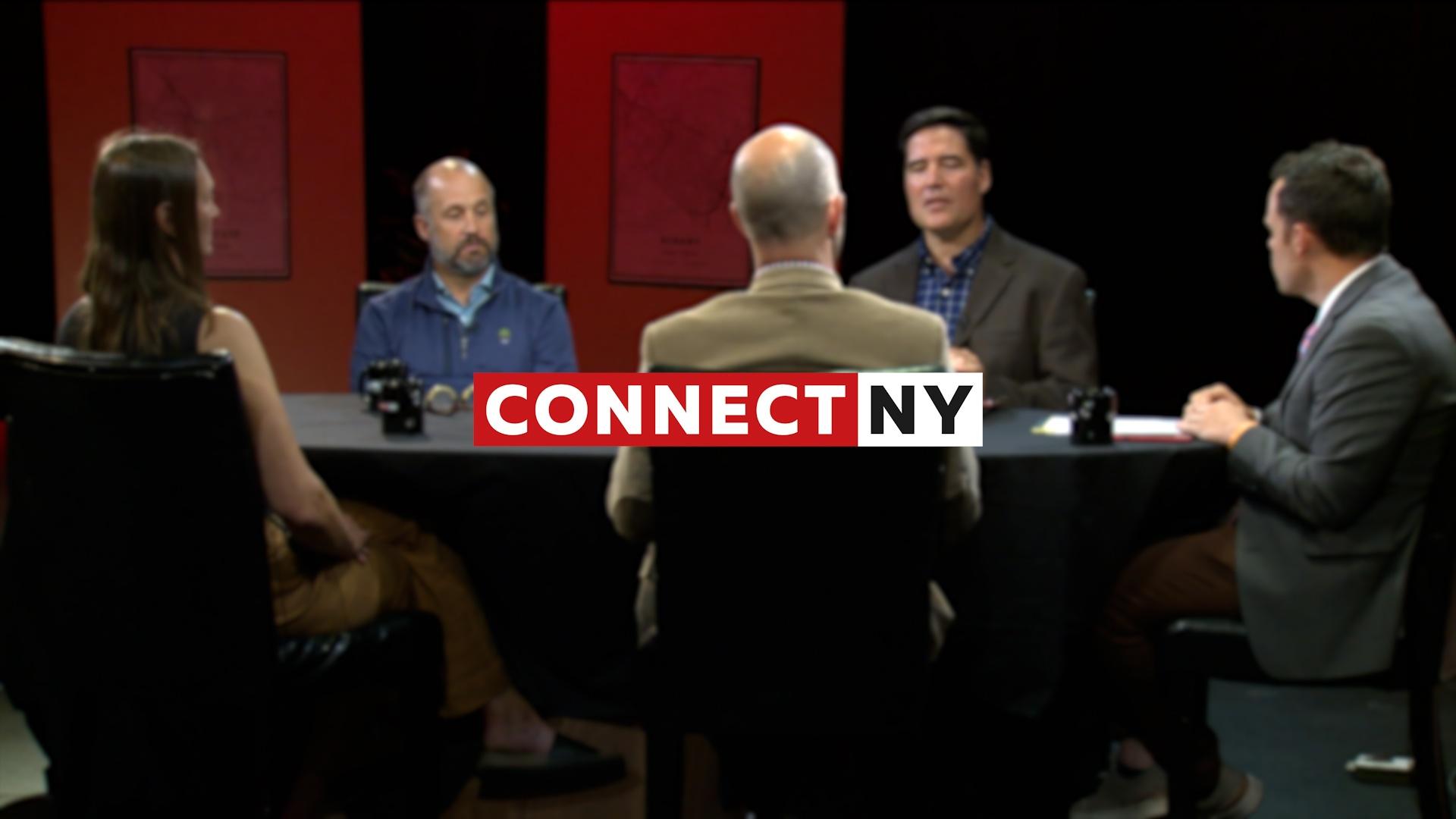The New York State Department of Agriculture and Markets (AGM) recently communicated updates about the farm employer overtime tax credit and an upcoming webinar on July 25th at 2:00 PM. Please see the info below directly from AGM…
We are writing to provide updates regarding the Farm Employer Overtime Credit Advance certificate program that the Department of Agriculture and Markets (AGM) is administering, as well as to offer an updated fact sheet that may be helpful to your members who are interested in taking advantage of this opportunity.
Based on legislative changes that were made in May 2025, AGM has been working with the New York State Office of Information Technology Services (ITS) to meet new program requirements as well as to make additional enhancements to the online application process. These updates include:
- Farm employers that used a Professional Employer Organization (PEO) for payroll services that included eligible overtime between January 1, 2024 – December 31, 2024 may apply to receive an overtime credit advance certificate from AGM.
- Farm employers that used a Professional Employer Organization (PEO) for payroll services that included eligible overtime between January 1, 2025 – July 31, 2025 may apply to receive an overtime credit advance certificate from AGM.
- Farm employers that used a PEO and wish to apply for a 2024 and/or 2025 credit certificate will be required to provide the following via the AGM online application system:
- the name of the PEO business;
- the first and last name of the primary contact person for the PEO;
- a phone number and email address for the PEO primary contact; and
- documentation that verifies the financial relationship between the farm and the PEO (e.g., service agreement, contract, etc.).
- Farm employers, regardless of whether they used a PEO or not, will not be required to attach payroll documentation/records when applying for an advance certificate. (Note: Employers should continue to maintain all necessary payroll records and associated documentation should there be any questions from the Department of Taxation and Finance (DTF) or AGM.
- Farms will need to provide the following information for each eligible employee: full name, social security number or taxpayer identification number, total eligible overtime hours worked, employee overtime hourly rate, and employee regular/base rate.
- Please note that employee information can either be manually entered into the online application system or downloaded using an Excel template from within the online system. The Excel spreadsheet template must be completed offline and then uploaded into the system (must be .xls or .csv file format).
- Farms can apply for an advance certificate from AGM beginning August 1, 2025. The deadline to apply is September 30, 2025.
We are strongly encouraging eligible farms interested in applying for the overtime advance certificate to take the following steps now:
- Visit the AGM website agriculture.ny.gov/farming/farm-employer-overtime-credit-advance to become familiar with the requirements, process, and deadlines, as well as to check for updates.
- Register your farm (and/or a representative to file on your behalf, if desired).
- Participate in informational webinar hosted by AGM on Friday, July 25, 2025 from 2 – 3 pm. To register for the webinar, please visit 2025 Farm Employer Overtime Credit Advance Overview registration – State of NY Enterprise Webex
- Submit any questions to FarmOTAdvance@agriculture.ny.gov.
Thank you,
The Farm Employer Overtime Credit Advance Team
Division of Agricultural Development
New York State Department of Agriculture and Markets



 Employers need reliable information to make good decisions. Employee compensation is a critical part of attracting and retaining high-performing employees. Managers need accurate and detailed data to compare how they are doing relative to others in the industry. Cornell Ag Workforce Development will run the
Employers need reliable information to make good decisions. Employee compensation is a critical part of attracting and retaining high-performing employees. Managers need accurate and detailed data to compare how they are doing relative to others in the industry. Cornell Ag Workforce Development will run the 







